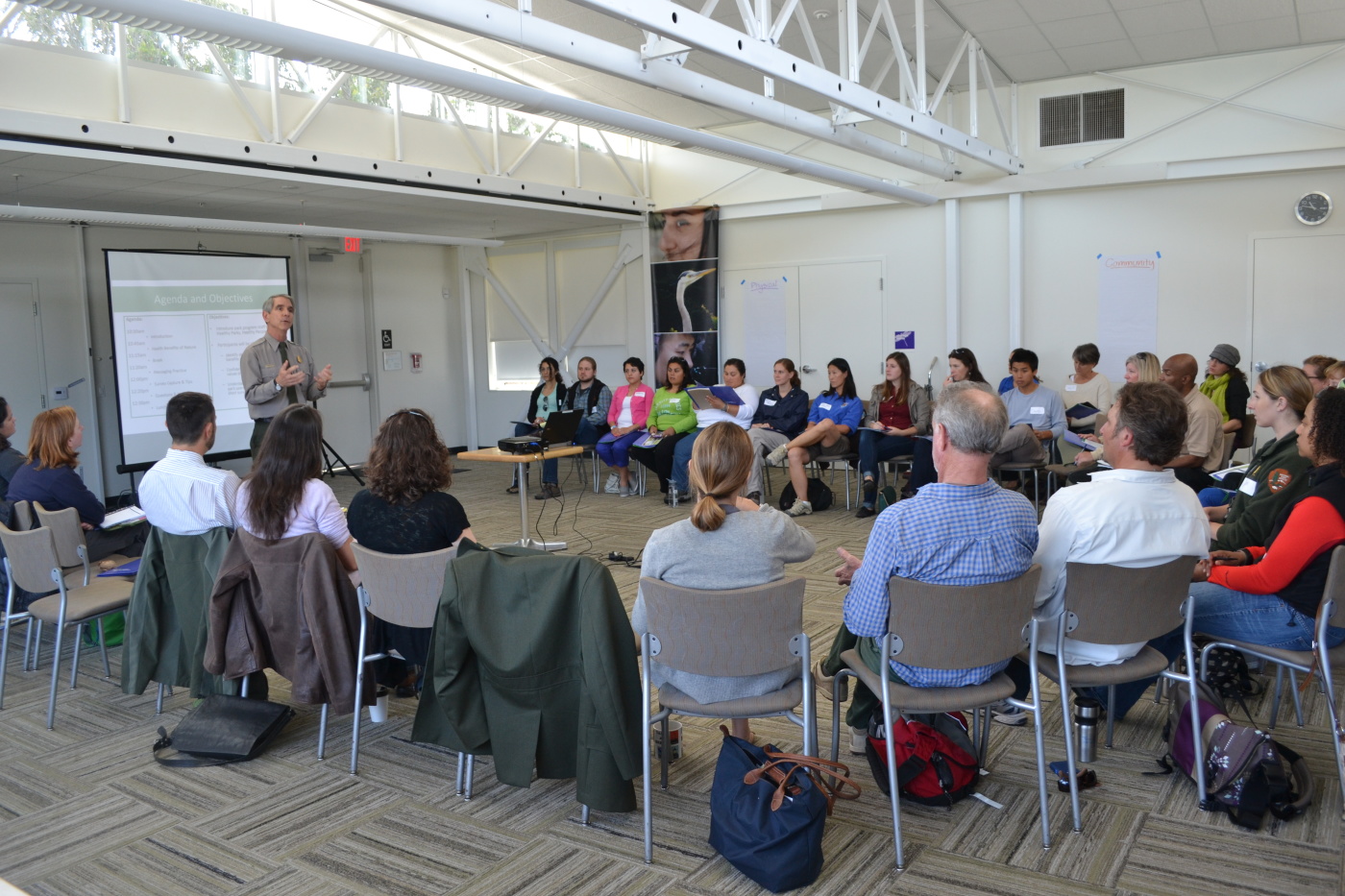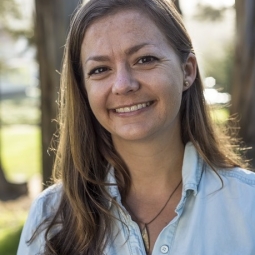Tips and Tricks for Successful Collaboration
Publication Date
Image

Story/Content
Here at the Institute, we are BIG believers in collaboration. As a small but mighty team, we realize that to have the biggest possible impact and to create the change we want to see, we need to seek out, engage, and support other organizations to achieve our collective goals.
Through our work, the Institute has learned a lot about supporting multi-group collaborations. By keeping an open mind and constantly striving to learn from those around us and our mistakes, we’ve picked up a number of tips and tricks along the way. This week, we thought we’d combine our collective knowledge and share our top pieces of advice for building effective collaboratives.
Kristin: The first step is always the hardest. Stop thinking about it and just do it.
Easier said than done right? Bringing together a group of individuals or organizations for the first time can strike fear in even the most seasoned collaborator. After ten years of community organizing and coalition building I’ve made my fair share of mistakes, stumbled over a few hurdles, and certainly learned some valuable lessons. Some of the biggest, and translatable, lessons I’ve learned for getting an effective collaborative off the ground are:
- Define a vision that all partners see themselves in. It’s essential that each partner recognizes the value of being part of the collaborative. To ensure this feeling sticks, take the time to establish a vision that sets out a clear path to a future that all partners wish to be a part of. Make it inspiring, big, hairy, and a little audacious and you’re on the right path. The vision sets the stage and provides an anchor point for the collaborative to grow from, swing from, and come back to.
- Accomplish something tangible in the first six months. We all know how good it feels to check an item off your to do list. This is the same feeling you want the collaborative to have early on in its formation. Grab onto a piece of low hanging fruit that gets everyone to participate and results in something tangible. It could be as simple as writing external messaging about your collaborative or doing a stock taking of partner organizations capacity and resources. Pick something strategic and with a clear end date. And don’t forget to pause and celebrate your early successes along the way.
If you go in knowing the collaborative is a process not a project you’re already ahead of the game. Just don’t let perfect be the enemy of good. Have you had enough metaphors? Great. Get out there and do it and don’t forget to report back on your lessons learned.
Oksana: Manage structure without managing content.
Supporting collaborative initiatives is exciting work but requires unique skills, separate from those of collaborative members. One such skill that I have found to be incredibly helpful is the ability to manage structure without taking over managing the content coming out of the collaborative. For example, I may present on some best practices for drafting mission statements but will follow it with an opportunity for the collaborative members to use these tools to craft their own mission statement. Collaborative members must have the opportunity to share their thoughts, have their questions taken seriously, and make the ultimate decisions on the direction of the work, as they are the driving force behind the collaborative’s success. As the facilitator, I am best able to provide coordination and backbone support—setting the agenda, providing logistical support, keeping meetings on track, and jumping in if meetings are diverging dramatically from the agenda. However, the vision, goals, and activities of the group are decided by its members. Providing space for their input is crucial to creating a successful group where all members feel like they have buy-in.
Donna: Humility is crucial.
Humility is a crucial mindset to have when in a backbone position because it is the main bridge between a theory of change and its practice. As a backbone, it is often the case that you are not a practitioner in your topic of interest; for example, as a backbone to the Healthy Parks Healthy People: Bay Area collaborative, the Institute neither leads park programs nor prescribes time in parks. While being a backbone organization allows you to dive deep into the needs and future goals of your collaborative, this theory of change is colored by your role as a non-practitioner with a different set of agency constraints. When a collaborative’s practitioners implement these goals, they will necessarily adapt them to fit their own agency constraints. Humility and keeping an open mind is important when drafting these goals, but it is especially important considering that implementing these goals may look very different from the theory of change. Understanding the crucial role that humility plays in collaborative efforts ensures that there is flexibility and feedback when charting the course forward.
Catherine: Have patience!
Kristin’s sage advice that collaboration is a process, not a project, is something that has stuck with me since we first started thinking about forming a regional climate literacy collaborative. If I have learned one thing since then, it’s that processes take time! This is especially true when you want to ensure that all of your partners feel ownership of the process and are inspired by the results. In today’s grant-driven, output-oriented world, it can be scary and challenging to dedicate the time that it takes to make sure you have the right people at the table, that they’re all on the same page, and that they all feel connected to you, to each other, and to the work. While walking through the process can seem slow, creating a strong foundation is critical to the overall success and sustainability of the collaborative.


